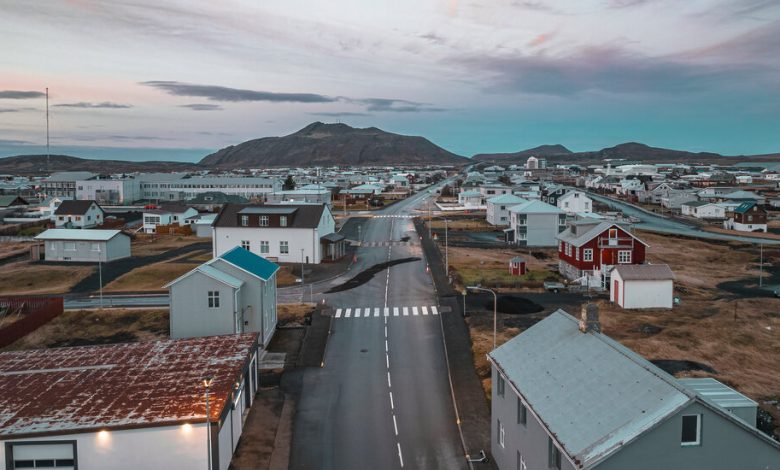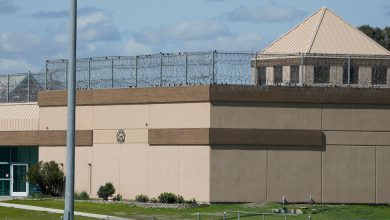After Weeks of Warnings, Iceland Volcano Erupts in Fiery Plumes

A volcano in southwestern Iceland began erupting Monday with lava fountains reaching up to 330 feet and the glow visible miles away in the center of the capital, Reykjavik.
The location of the fissure poses a risk to the nearby Svartsengi geothermal power plant and to the town of Grindavík, which was evacuated last month because of heightened seismic activity.
“We are looking at a worst-case scenario,” said Thorvaldur Thordarson, a volcanologist in Iceland. “The eruption appears big, and only about two kilometers from major infrastructure.”
Thousands of earthquakes had been detected in Iceland since late October, according to the Icelandic Meteorological Office. In November, with homes and roads being damaged, the authorities declared a state of emergency and evacuated Grindavik, a town of more than 3,000 people near the volcano.
More recently, the Meteorological Office warned of a “significant likelihood of a volcanic eruption in coming days.”
The country has seen this before, a lot.
In just the past two years, there have been three eruptions on the Reykjanes Peninsula, Iceland’s most populated corner and home to its capital. When Grindavik was ordered evacuated on Nov. 11, the authorities said in a statement that the country was “highly prepared for such events.”
“Iceland has one of the world’s most effective volcanic preparedness measures,” it said on its website.
The authorities raised the aviation alert to orange, because a volcanic eruption could pose a risk to aircraft flying in the North Atlantic if ash spewed into the sky.
One of the most memorable eruptions in Iceland’s recent past involved the Eyjafjallajokull volcano in 2010. While that eruption was relatively small and caused no fatalities, the impact was widespread because a resulting ash cloud grounded much of Europe’s air travel for more than a week.
The Eyjafjallajokull (pronounced EYE-a-fyat-la-jo-kutl) volcano had been dormant for nearly two centuries before it sprang back to life more than 13 years ago.
Iceland has a lot of volcanoes.
Volcanic eruptions are not uncommon in Iceland, which has fewer than 400,000 residents and about 130 volcanoes. Since the 19th century, not a decade has gone by without one, Iceland’s tourist website tells interested visitors. The occurrence of eruptions remains “entirely random.”
The country straddles two tectonic plates, which are themselves divided by an undersea mountain chain that oozes molten hot rock, or magma.
The current seismic activity has not affected one of Iceland’s best-known volcanoes, Katla, which some scientists worry is due for an eruption. Katla has erupted five times since 1721, at intervals ranging from 34 to 78 years. The last major one was in 1918.
Egill Bjarnason contributed reporting from Reykjavík, Iceland.




